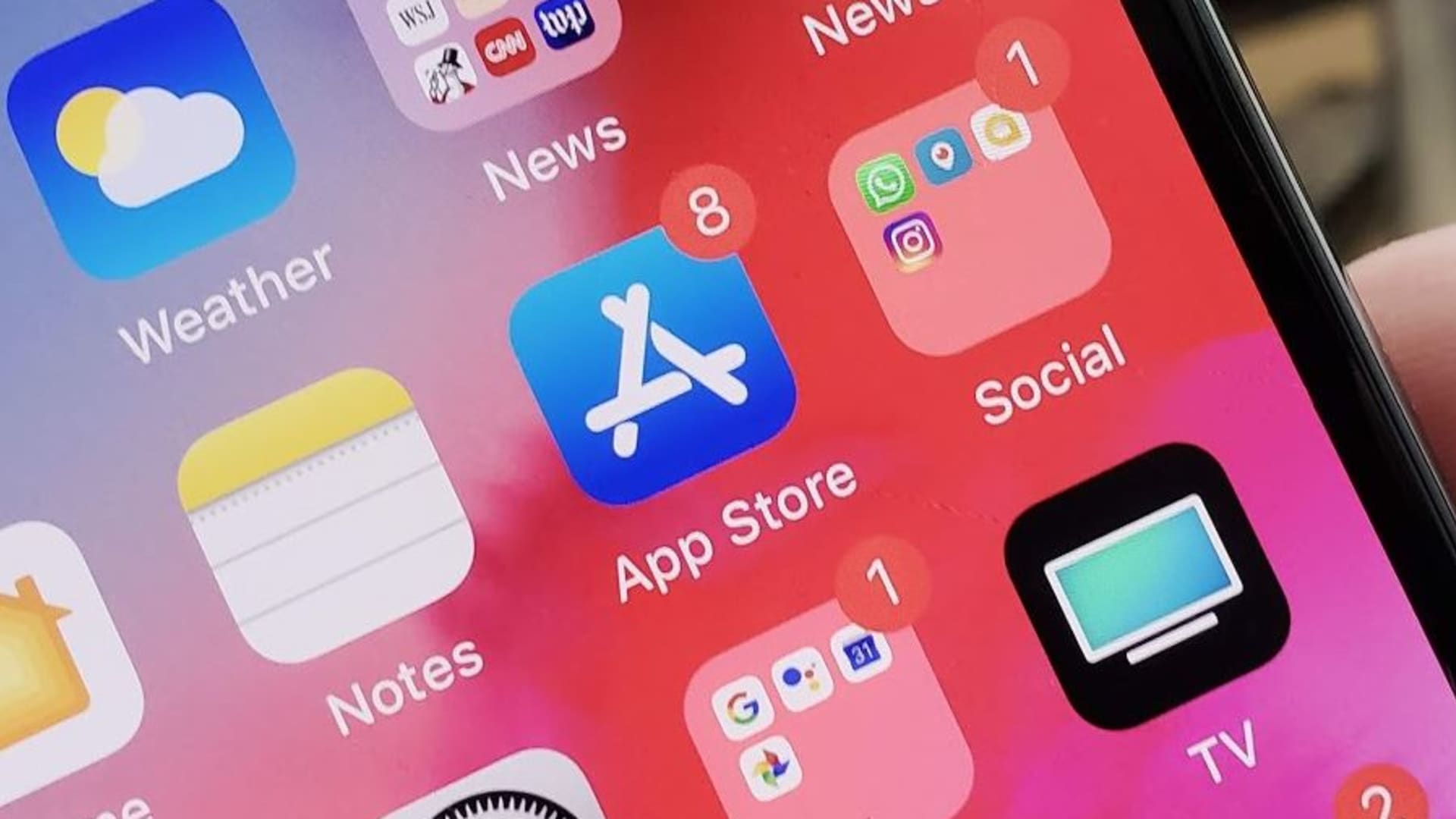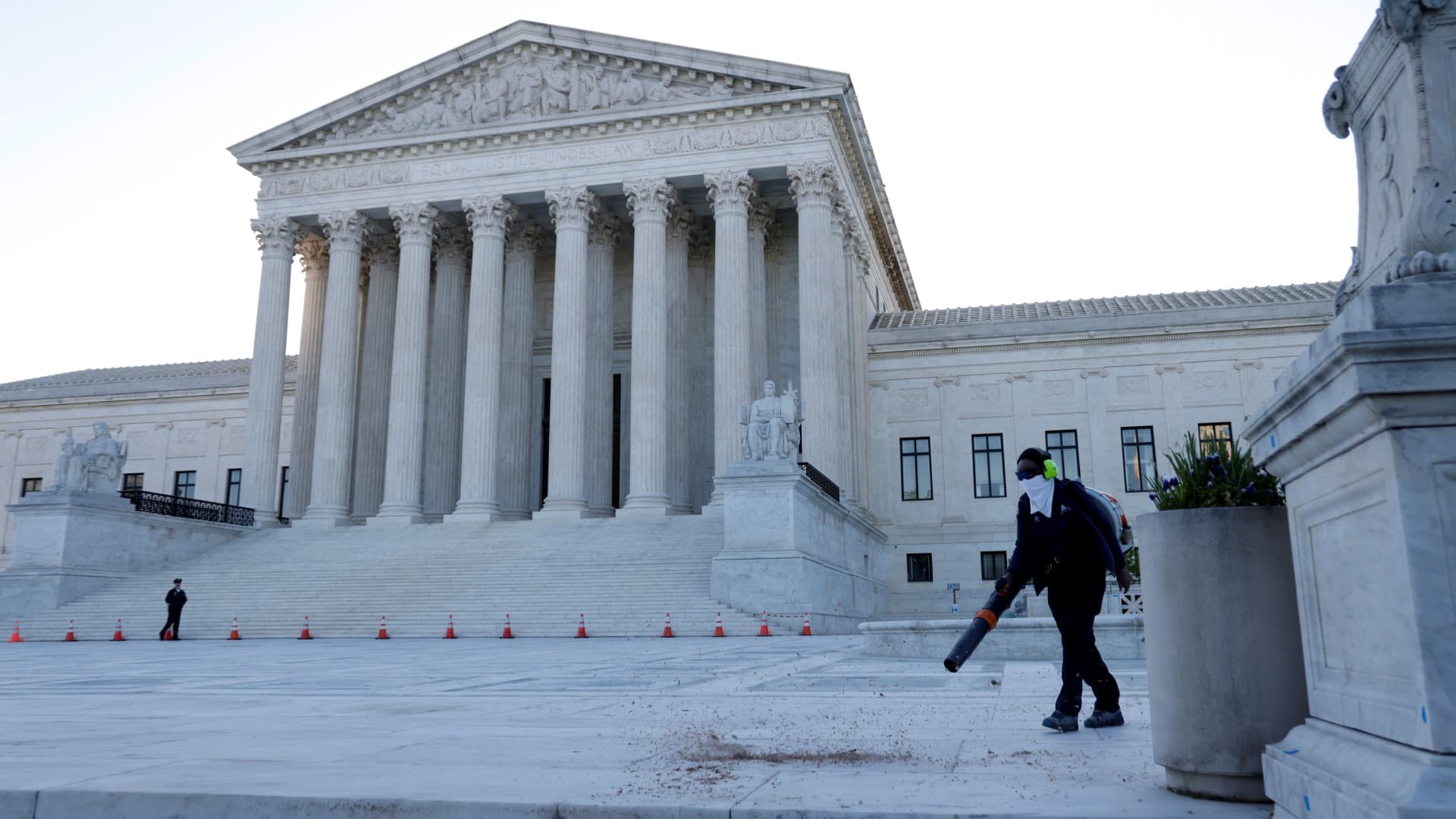
Here are the most important news, trends and analysis that investors need to start their trading day:
- Stock futures slightly positive as Wall Street awaits jobs data
- Initial jobless claims dip to lowest level since early days of pandemic
- Apple plans to tweak payment policy for certain apps
- Divided Supreme Court declines to block Texas abortion law
- Ida pummels New York, New Jersey, leaving at least 8 dead
1. Stock futures slightly positive as Wall Street awaits jobs data
Get Boston local news, weather forecasts, lifestyle and entertainment stories to your inbox. Sign up for NBC Boston’s newsletters.
Stock futures were slightly higher Thursday as Wall Street eyes key labor market reports that offer insight into the U.S. economic recovery. Dow futures implied an opening gain of roughly 90 points, while futures for the S&P 500 and Nasdaq were also in the green. The move in futures follows a relatively tame session Wednesday, which saw 30-stock Dow close lower by 48.20 points, or 0.1%, and the broad S&P 500 advance just 0.03%. The tech-heavy Nasdaq, however, rose 0.3% to another record-high closing. The S&P 500 and Nasdaq have posted gains in three of their past four sessions, while the Dow has declined the past three days. The 10-year Treasury yield dipped about 1 basis point Thursday to 1.29%.
2. Initial jobless claims dip to lowest level since early days of pandemic

Initial jobless claims for the week ended Saturday totaled 340,000, the lowest level since the early days of the Covid pandemic, the Labor Department reported Thursday. Economists surveyed by Dow Jones had forecast initial claims of 345,000. First-time filings for unemployment insurance for the previous week came in at 353,000. The weekly jobless claims data comes ahead of Friday's key August nonfarm payroll report. Consensus forecasts expect that the U.S. economy added 720,000 jobs for the month, according to Dow Jones, and the headline unemployment rate is seen as falling to 5.2% from 5.4%.
Money Report
3. Apple plans to tweak payment policy for certain apps

Apple is allowing some apps to provide a link to their websites, where users could then directly register for a paid subscription. The change, which the iPhone maker announced Wednesday, comes as Apple faces intense criticism and regulatory scrutiny for its App Store payment policies. The change is scheduled to go into effect next year and applies to what are known as reader apps, such as Netflix and Spotify. Prior to this tweak, app makers had to go through Apple's own billing service, which takes a cut of 15% to 30% on in-store purchases, instead of offering users an option to sign up on developers' websites. In-app purchases for games still must go through the App Store.
4. Divided Supreme Court declines to block Texas abortion law

In a 5-4 decision late Wednesday, the Supreme Court declined to block the implementation of a Texas law that bans most abortions in the nation's second-most populous state. Chief Justice John Roberts joined the high court's three liberals — Justices Stephen Breyer, Sonia Sotomayor and Elena Kagan — in dissent. The majority's order is "stunning," Sotomayor wrote. She argued that the Texas law, which bans abortion after six weeks of pregnancy, when many women have yet to learn they are pregnant, "flouts nearly 50 years of federal precedents."
The court's decision came in response to an emergency request filed earlier in the week by abortion providers and advocates who sought to prevent the law from going into effect after midnight Wednesday. However, the justices suggested other legal challenges can be brought against the Texas law, meaning Wednesday's order allowing its implementation may not be the final word on its constitutionality.
5. Ida pummels New York, New Jersey, leaving at least 8 dead

States of emergency were issued for New York and New Jersey after they were battered by the remnants of Hurricane Ida, leaving at least eight people dead. Torrential rain flooded streets and homes in the region Wednesday night, and service on many of New York City's subway lines were suspended as water overwhelmed the transportation system. Record-breaking rainfall was recorded in Central Park, according to the National Weather Service. At least one tornado was recorded in New Jersey, destroying multiple homes. In Louisiana, where Ida made landfall Sunday, roughly 900,000 utility customers remained without power Thursday morning, according to the state's Public Service Commission. President Joe Biden plans to visit the state Friday to see damage from the storm.
— Follow all the market action like a pro on CNBC Pro. Get the latest on the pandemic with CNBC's coronavirus coverage.






